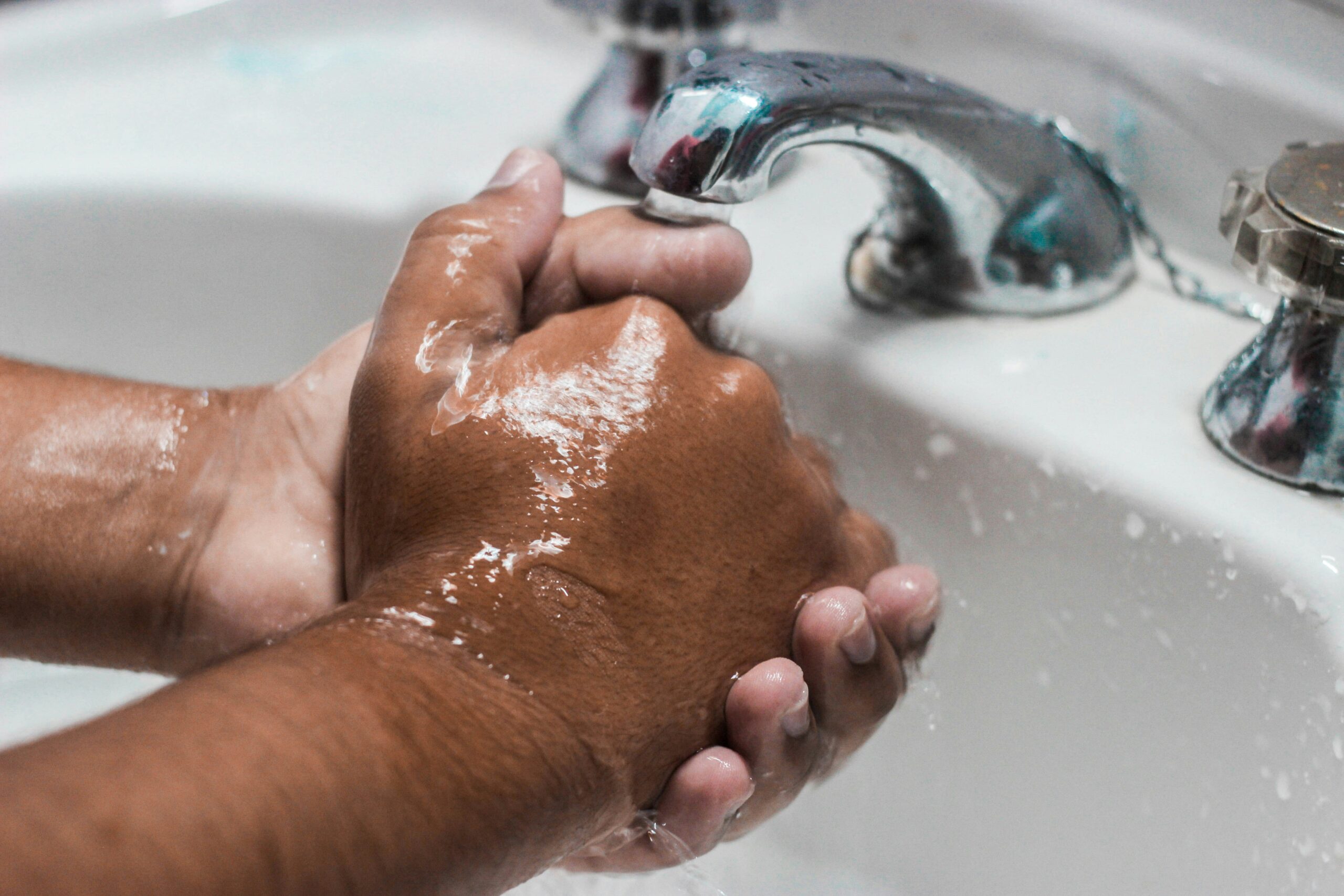When it comes to plumbing services and repairs, one common task that homeowners often encounter is shower faucet replacement, shower faucet, shower faucet replacement, kitchen faucets or kitchen faucet replacement. Whether you’re dealing with a shower faucet, tub faucet, or kitchen faucet, it’s important to understand the process and know what to expect. In this blog post, we will discuss shower faucet replacement in detail, as well as touch upon tub faucet replacement, kitchen faucets, and general faucet repair and installation.
If you’re experiencing issues with your shower faucet, such as leaks, low water pressure, or difficulty in adjusting the temperature, it may be time for a replacement. Before starting the replacement process, it’s essential to gather the necessary tools and materials. These typically include an adjustable wrench, pliers, screwdriver, plumber’s tape, and a new shower faucet.
Start by turning off the water supply to the shower. This can usually be done by shutting off the water valves located near the shower or by turning off the main water supply to your home. Once the water is turned off, remove the old shower faucet by unscrewing the mounting screws or nuts that hold it in place. Disconnect any water supply lines or connections. Learn how to replace a shower faucet, tub faucet, or kitchen faucet with this detailed blog post.
Tub Faucet Replacement
Next, clean the area around the old faucet and apply plumber’s tape to the threads of the new tub faucet replacement to ensure a watertight seal. Install the new faucet by aligning it with the mounting holes and securing it in place with the screws or nuts provided. Reconnect the water supply lines and make sure they are tightly secured.
Once the new faucet is installed, turn the water supply back on and test the functionality of the shower. Check for any leaks and make any necessary adjustments. If everything looks and works as expected, you have successfully replaced your shower faucet.
Similar to shower faucet replacement, tub faucet replacement follows a similar process. The main difference lies in the type of faucet and its installation. If you’re replacing a tub faucet, you’ll need to remove the old faucet handles, spout, and any associated trim pieces. Find step-by-step instructions, necessary tools, and tips for a successful faucet replacement.
Shower Faucet
Start by turning off the water supply to the shower faucet. This can usually be done by shutting off the water valves located near the shower or by turning off the main water supply. Once the water is turned off, remove the old faucet handles by unscrewing them or removing any retaining nuts. Remove the spout by unscrewing or twisting it counterclockwise.
Next, clean the area around the old shower faucet and apply plumber’s tape to the threads of the new faucet. Install the new faucet handles, spout, and trim pieces according to the manufacturer’s instructions. Make sure all connections are tight and secure.
After installing the new shower faucet, turn the water supply back on and test the functionality. Check for any leaks and make any necessary adjustments. If everything is working properly, you have successfully replaced your tub faucet. Discover the importance of proper installation and when to hire a professional plumber.
Kitchen Faucets
Kitchen faucets come in various styles and designs, including single-handle faucets, dual-handle faucets, pull-down faucets, and more. If you’re considering replacing your kitchen faucets, it’s important to choose one that fits your needs and complements your kitchen’s aesthetic.
The process of kitchen faucet replacement is similar to shower and tub faucet replacement. Start by turning off the water supply to the kitchen sink. Remove the old kitchen faucets by unscrewing the mounting nuts or screws and disconnecting any water supply lines.
Hence clean the area around the sink and apply plumber’s tape to the threads of the new kitchen faucet. Whereas install the new faucet by aligning it with the mounting holes and securing it in place. Reconnect the water supply lines and check for any leaks.
Whereas aside from replacement, faucet repair is another common plumbing task. If you’re experiencing issues with your faucet, such as leaks, dripping, or difficulty in turning it on or off, it may be possible to repair it rather than replacing the entire kitchen faucets. Therefore whether you’re dealing with leaks, low water pressure, or difficulty in adjusting the temperature, this guide has you covered.
Kitchen Faucet Replacement
Additionally simple repairs, such as replacing a worn-out washer or O-ring, can often fix the problem. However, if the faucet is old or severely damaged, it may be more cost-effective to replace it entirely.
Whereas when it comes to kitchen faucet replacement or repair, it’s always recommended to hire a professional plumber. Because they have the expertise and tools to handle the job efficiently and ensure that everything is correctly .complete.
Whereas in conclusion, kitchen faucet replacement is a one of the common plumbing task that homeowners may encounter. Therefore whether you’re replacing a shower faucet, tub faucet, or kitchen faucet, it’s important to follow the proper steps in our blog and use the right tools. Hence if you’re unsure or uncomfortable with the process, it’s best to seek the help of a professional plumber to ensure a successful installation or repair.
